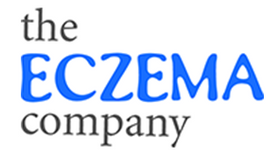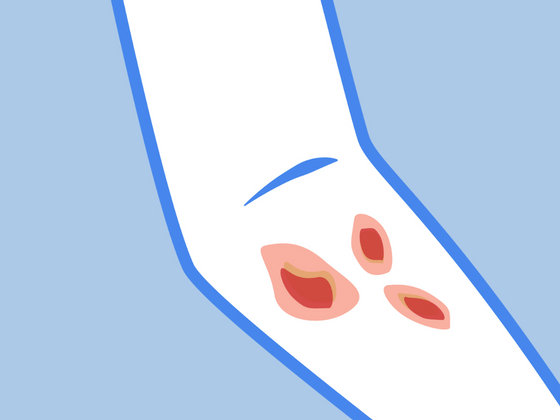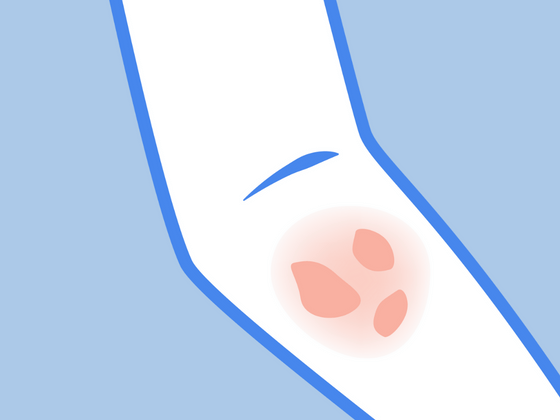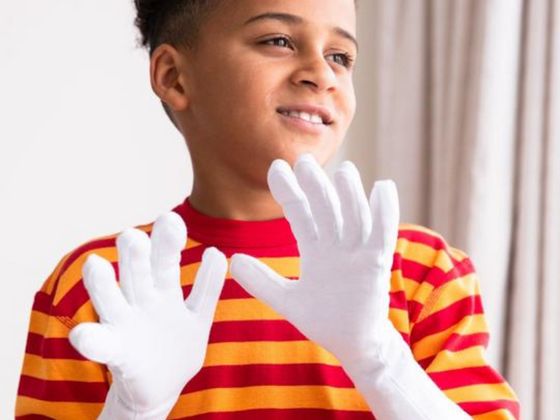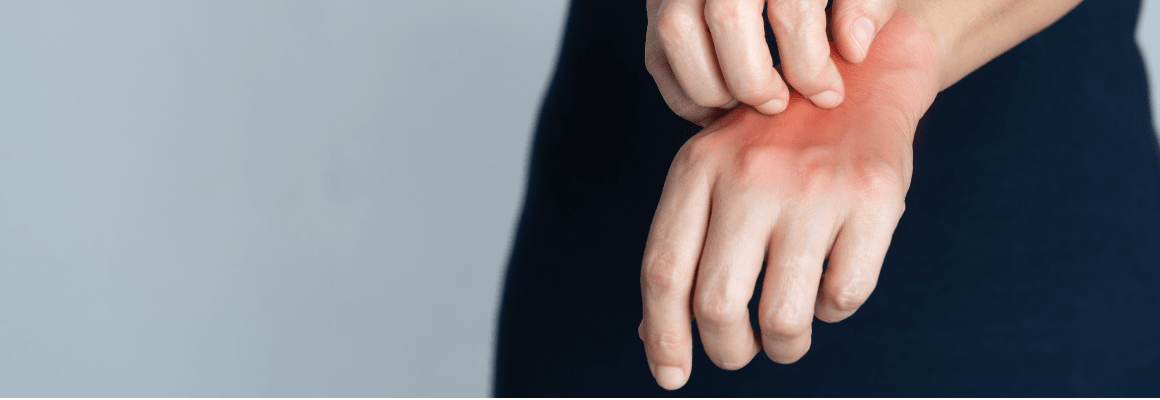Do you suffer from tiny blisters on your feet that are super itchy and seem to flare-up during the spring? You could be suffering from dyshidrotic eczema on feet.
Keep reading to learn about this uncomfortable condition, as well as 5 ways to treat it!
What is Dyshidrotic Eczema Foot?
This type of eczema is characterized by tiny, intensely itchy blisters that appear on toes or on the soles of one's feet. Sometimes this blisters can be filled with fluid and can even burst from scratching.
This condition is also referred to as:
- Cheiropompholyx
- Dyshidrosis
- Foot-and-hand eczema
- Pompholyx
- Vesicular eczema
- Palmoplantar eczema
Like many other forms of eczema, this type seems to exacerbate from environmental irritants like pollen. Spring is a particularly difficult time, as the abundance of pollen tends to make these blisters erupt into even larger blisters. Dyshidrotic eczema can also be caused by other irritants such as nickel or latex.
Due to the nature of the blisters, many who suffer from dyshidrotic eczema on feet tend to suffer from long-term cracked or extremely thick (almost spongy) skin.
Finding treatment for this condition might seem impossible, but there are a variety of natural treatments that can help soothe skin. Are you suffering from relentless itching? Check out these 5 recommendations:
Anti-Itch Treatment
Because this type of eczema can be extremely itchy, choosing a natural anti-itch treatment is a great first step to healing the skin on your feet. Our new Nourish + Hydrate Manuka Balm is a deeply moisturizing option that helps calm irritation and reduce inflammation. The upgraded balm offers even more skin barrier support with dermatologist-recommended ingredients and stronger Manuka honey, perfect for soothing and softening dyshidrotic eczema.
If you struggle with dry, itchy, or cracked skin on your feet from eczema, Satya Organic Eczema Cream offers a gentle, natural solution. Formulated with anti-inflammatory colloidal oats and organic oils, this balm helps calm flare-ups and deeply moisturize without stinging or irritation. Its convenient glide stick makes it easy to apply directly to rough patches on heels, toes, or soles, perfect for quick relief at home or on the go.
Eczema Socks
Using socks that are hypoallergenic and offer soothing properties is also a smart treatment for dyshidrotic eczema or weeping eczema. Both these adults socks and kid socks from Remedywear™ are made from TENCEL and zinc-embedded fibers that help soothe and skin and promote faster healing. Not only are they perfect for healing feet blisters, but their length provides extra protection for any other itchy areas near the dyshidrotic eczema foot. This 100% cotton hypoallergenic sock for adults is also a great option for the most sensitive feet that seem to react to everything.
Dry Wrapping
If you require comfort from itching quickly, then why not try dry wrapping. This therapy is perfect for anyone that needs advance treatment from itching, inflammation or irritation. Simply use the anti-itch treatment listed above and cover the feet with socks, like those also mentioned above. Dry wrapping will help the cream penetrate the skin faster and more efficiently, therefore reducing itching and discomfort. If you need an even more intense treatment, consider wet wrapping as the next step.
Holistic Treatments
Because dyshidrotic eczema on feet seems to appear from allergies or environmental irritants, you can always look into holistic treatments. A homeopath can prescribe homeopathic options and a naturopath can recommend various supplements that are used to reduce or eliminate seasonal allergies. This in turn will reduce the possibility of future dyshidrotic eczema flare-ups.
Elimination Diet
If you are not able to heal your skin with the above recommendations, then perhaps it's time to start healing from within. An elimination diet is a great tool for discovering what foods you might be sensitive to. Many eczema sufferers have actually found relief through these eczema diets alone.
Resources
https://nationaleczema.org/eczema/types-of-eczema/...
https://www.aad.org/public/diseases/eczema/dyshidr...
https://www.health.com/eczema/dyshidrotic-eczema
------------------

Bio: Laura is a contributor and content developer for The Eczema Company. She is in no way a medical professional. Her comments, suggestions, and reflections are not intended to replace any medical advice. Always seek the help of a medical professional before undertaking any diet or lifestyle changes.
